The Health Benefits of Whole Grains Revealed
My wife and I try to eat whole-grain bread even though I grew up on Wonder Bread. You know – the one with the colored dots on the white bag that “helps build strong bodies eight ways?” But my girls? They’ll only eat white bread. We’ve tried, but the only way they’ll let whole-grain bread touch their lips is when I make French toast out of it without their knowing!
Whole grains are better for us. I think most of us would agree with that statement. But why are they better for us? I thought that I knew, but I wasn’t really sure. I did some research and thought I would share it with you so we can all be better informed. Maybe one day my girls will read this and realize that sometimes Father and Mother really do know best!
First up: Wheat
The grain makes up the vast majority of bread and pasta. I love bread and pasta, so I wanted to know what the advantages of whole grains are in these foods. Each grain of wheat comprises three basic parts: the bran, the endosperm and the germ. The bran is the outer coating of the grain; the endosperm is made up of starches and is there as reserved food for the plant that would grow if the wheat were planted. And that potential plant is called the germ.
Any food that has been altered from its original state has been processed, so to be nitpicky, all wheat flour is processed, but the more steps to the process, the more refined the product is. When they make whole wheat flour, the entire wheat grain–bran, endosperm, and germ–is milled into flour.
White flour is made (in layman’s terms) by first flattening the grains and then shaking out the bran and germ before milling the endosperm into flour. Since there are more steps to making white flour, it is a more refined product than whole wheat flour.
So, is this a bad thing?
It depends on what you want to do with the flour. White flour is great for making light and airy things like cakes and soft rolls. Since it contains sharp little pieces of bran, batters and dough made with whole wheat flour, don’t bake up as light (shards of bran can cut gluten strands), but whole wheat flour contains insoluble fiber and B vitamins, both of which are essential to our health and are the nutrients that are found in the bran and germ.
With white flour, we get energy from the endosperm, mostly composed of carbohydrates easily converted to glucose for energy. After all, it’s food for the little plant that would have grown, and baby food is always easy to digest! But, without the bran and germ to slow absorption into our systems, eating too much white flour can cause our blood sugar to spike.
Is whole wheat flour more nutritious than white flour?
Here’s the nutritional breakdown for both types of flour from Self Nutrition Data:
Nutritional Values (per cup) Whole Wheat Flour White Flour
Calories/From Fat 407g/19g 455g/10g
Fat (Saturated) 2g 1g
Transfat 0g 0g
Cholesterol 0mg 0mg
Sodium 6mg 2mg
Carbohydrates 87g 95g
Fiber 15g 3g
Sugar 0g 0g
Protein 16g 13g
What do we do with this information, though? It looks fairly even to me. Whole wheat flour contains more fat, fiber, and protein, but why is whole wheat better?
When you look at the number of vitamins and minerals in the two flours, it looks like the enriched white flour beats the whole wheat, hands down! But what we all need to understand is that the “enriched” part of the name means that all the natural vitamins and minerals contained in the germ have been stripped away along with the germ, so the enriching means that they add the nutrients back in.
On the other hand, whole wheat flour contains all the natural vitamins and minerals in the germ and the fiber from the bran. And for my money, natural is better. I hope my girls will understand this one day. For now, we get whole grains into them in other ways.
Other Whole Grains
As I just mentioned, whole wheat flour is processed. If you’re looking for a less processed form of wheat, think about trying wheat berries, whole wheat kernels, or cracked wheat, which is exactly what it sounds like. Both are hearty, nutty, nutritious, and filling.
While white rice has been stripped of its bran coating like white flour, brown rice is a wonderful whole grain that the whole family enjoys. It takes longer to cook than white rice, but the subtle nutty flavor and slightly chewy texture are worth the wait.
Rice – In our house, we have started combining white rice and brown rice in equal amounts, and no one seems to notice it is even there. Every once in a while, one of the girls will say, “Why is this piece of rice darker than the other white rice?” and then go on and eat it. I’ll see if I can change the ratio over time until we are all just eating brown rice.
Oatmeal makes for a warm and filling breakfast, but the same rule applies: the less refined it is, the better for you it is. Microwavable oatmeal packets are convenient, but to get the full benefit of the whole grain, you’ll want to skip the convenience factor and buy steel-cut oats.
These oats have been dried, toasted, and then cut into pieces with nothing removed. Whole grains, but in pieces! A happy medium would be the standard rolled oats (not quick cooking) steamed to make them softer and then pressed flat through a roller.
Barley (not the pearled kind, which has been steamed and scrubbed off most of the bran) is also a pretty common whole grain. I grew up enjoying it in canned vegetable beef soup, but there are many ways to enjoy barley, including casseroles, pilafs, risotto-style and in soups like when I was a kid.
Less well-known, at least to me, but equally as good for you are millet, quinoa, teff, and spelt among others.
Before you get overloaded wondering how to add all these whole grains to your diet, let me assure you that cooking them is easy. If you can cook rice, you can cook any of these grains, as the procedure is all the same.
For every cup of whole grain, use two cups of water or broth (seasoned to your taste). Bring to a boil in a pot, put the lid on, turn down the heat to a simmer and leave them alone until all the water is absorbed. This could take between fifteen to forty minutes depending on the grain size.
So, when considering nutritious foods for your family, especially if you or your kids don’t like whole wheat or whole grain bread, try introducing some of these other grains into your diet. Most of us don’t get enough natural fiber into our diets, so eating whole grains gives you more fiber through the bran. Many of these grains also contain soluble fiber, which has been shown to affect both blood sugar and cholesterol levels positively.
The Cost of Grains
If you are wondering how much these different whole grains cost, here’s a handy chart I put together to give you an idea, although prices in your area may vary. I found these prices from a bulk foods supplier. Each price is per pound, just for comparison’s sake.
Grain Organic Price per Pound Conventional Price per Pound
Wheat berries $3.32 $0.68
Cracked wheat $1.04 $1.46
Steel-cut Oats $3.49 $2.66
Barley $3.28 $2.85
Millet $3.57 $3.00
Quinoa $6.02 $3.41
Teff $7.74 $4.00
Spelt $4.00 $2.27


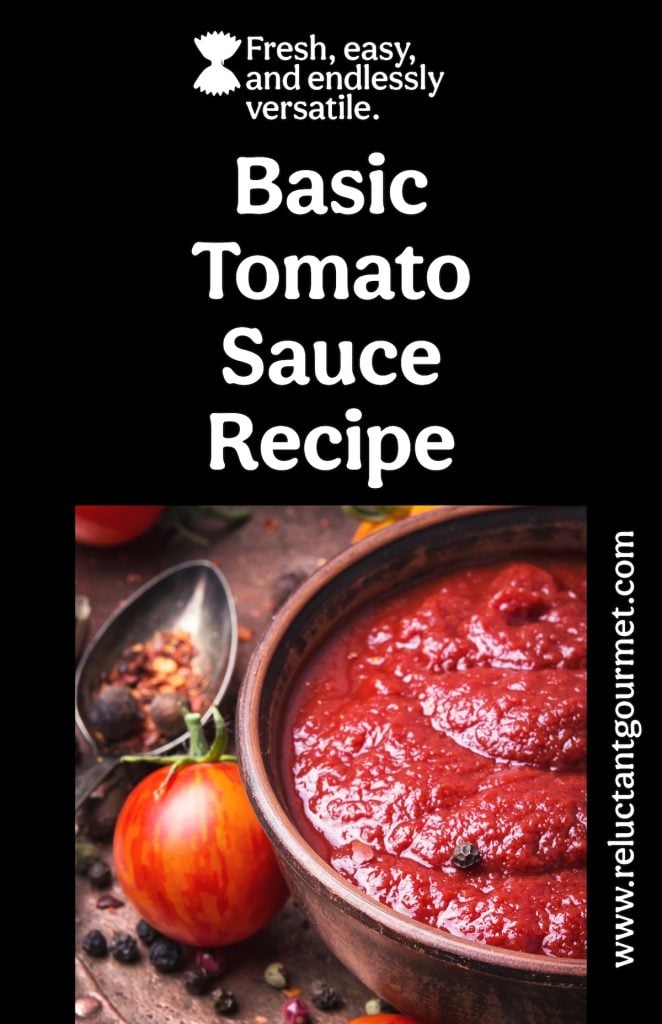
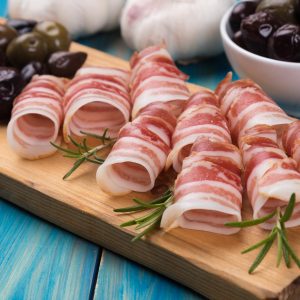




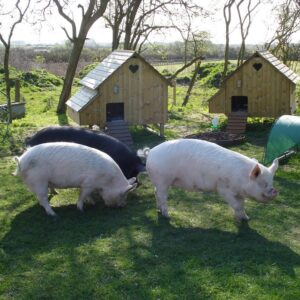
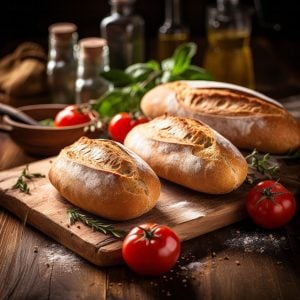
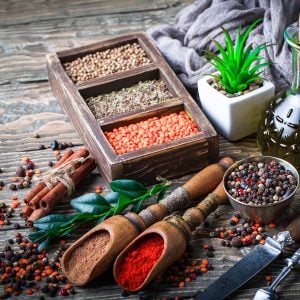


3 Responses
There is a downside to whole grains: the husk of the various grains contains phytic acid which binds with minerals, vitamins & proteins turning them into insoluble phytates which are indigestible. So, even though whole grains have more vitamins, minerals & proteins than refined grains they become bio unavailable. In addition the phytic acid in the grain bran (husk) will reduce nutrient availability in the other foods being eaten.
Grains (seeds) don’t want to be digested; they would prefer to be widely distributed. The phytic bran husk insures that this happens.
Fred, I’m sure you mean your comment to be protective of people’s health, but while it’s true whole grains contain significantly more phytic acid than their processed counterparts, and that the acid chelates minerals in the gut, there are a host of biomedical benefits attributable to phytic acid, covering a broad range of physiological states. Biomedical studies on phytic acid’s cellular second messenger roles and its binding of potentially harmful heavy metals like lead and cadmium give insight into the many population studies that strongly suggest whole grains preserve health, and that their benefits eclipse, for most, their potential risks.
Moreover, several population and clinical studies address phytates and mineral bioavailability, failing to find an overall clinical risk or population morbidity. The ambiguity of phytates, many experts believe, can be partly explained by culture. There is little mineral malnutrition in the Developed World, even when phytate consumption is relatively high, with the notable exception of iron absorption among strict vegetarians (but this risk is easy to overcome). The phytate/mineral malnutrition association is a concern in the Developing World, where malnutrition is significant and widespread. But even so, dietary phytic acid’s potential risks can be easily mitigated through home or industrial preparation of cereal grains and legumes–for example, by soaking or sprouting. Also, gut pH (low) clinically counters phytic acid’s ability to bind dietary iron, and a low dose of ascorbic acid with a meal significantly robs phytic acid of its mineral binding abilities.
All in all, whole grains and legumes likely offer far more health benefits than risks, even considering their phytic acid content–especially for those of us in the West. For those concerned about phytic acid’s potentially negative health effects, there are easy, cheap, effective ways to circumvent these.
Hi, I tried to find a good recipe for whole wheat bread but was not successful. Do you have one you can share? I am pre-diabetic and do not want to eat anything that is going to escalate my condition. AND I love bread!!!